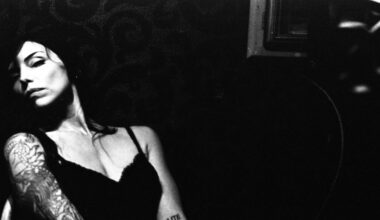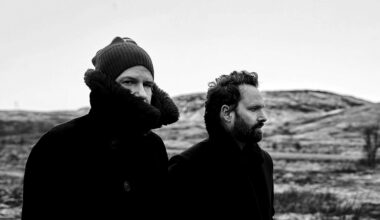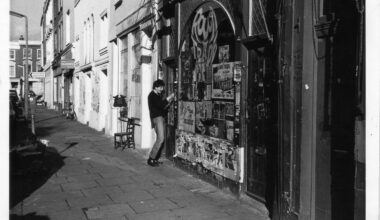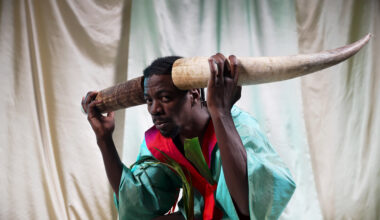Colossus of the Swedish electronic scene. Artist, filmmaker and all-round legend in his own lifetime. Ralph Lundsten‘s musical output throughout his decades-long career has been prodigious. And he has done it all in some style
Want to read more?
Sign up to Electronic Sound Premium to gain access to every post, video, special offers, and more. 100%, all you can eat, no commitment, cancel any time.
Already a premium member? Log in here





